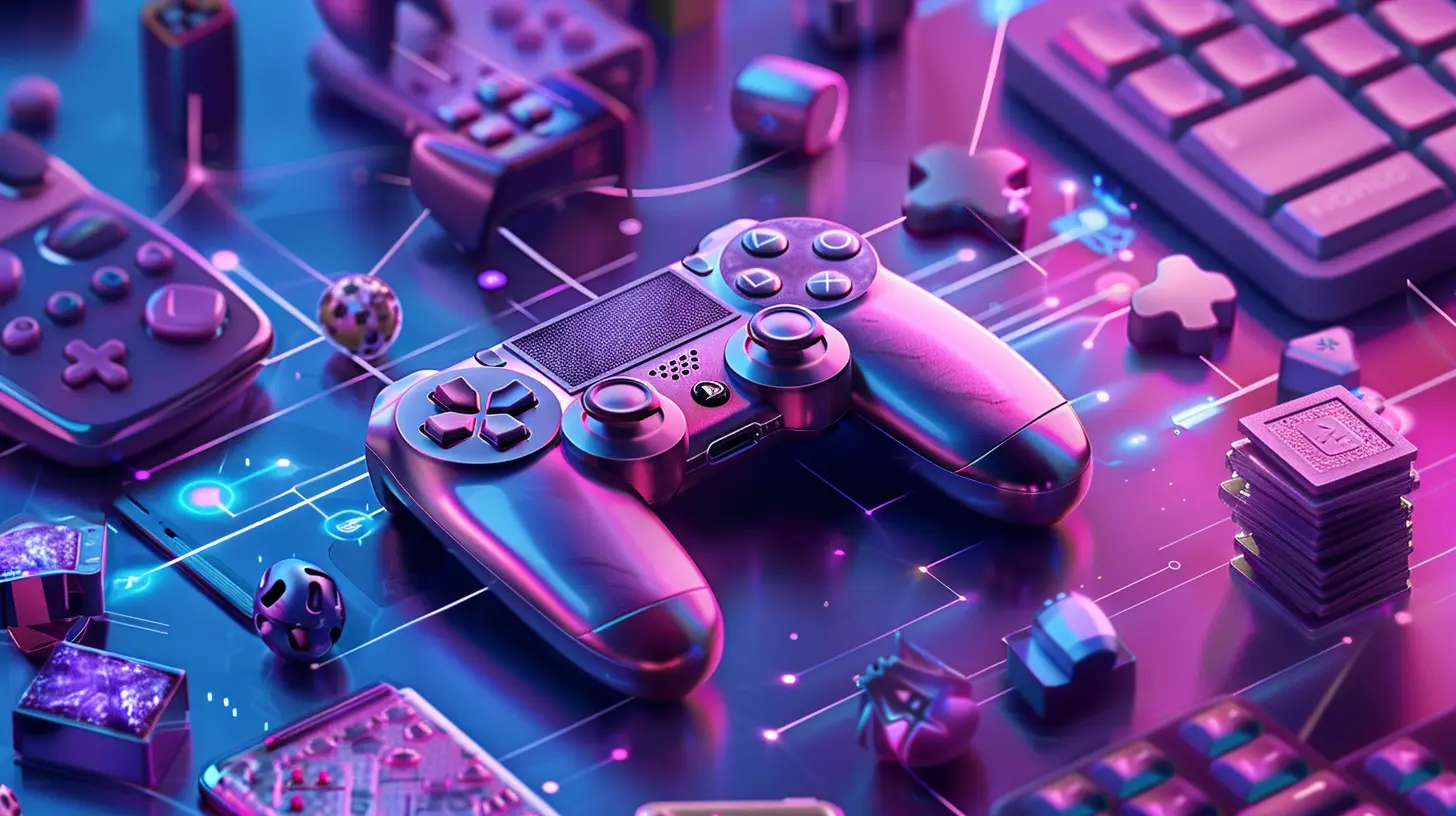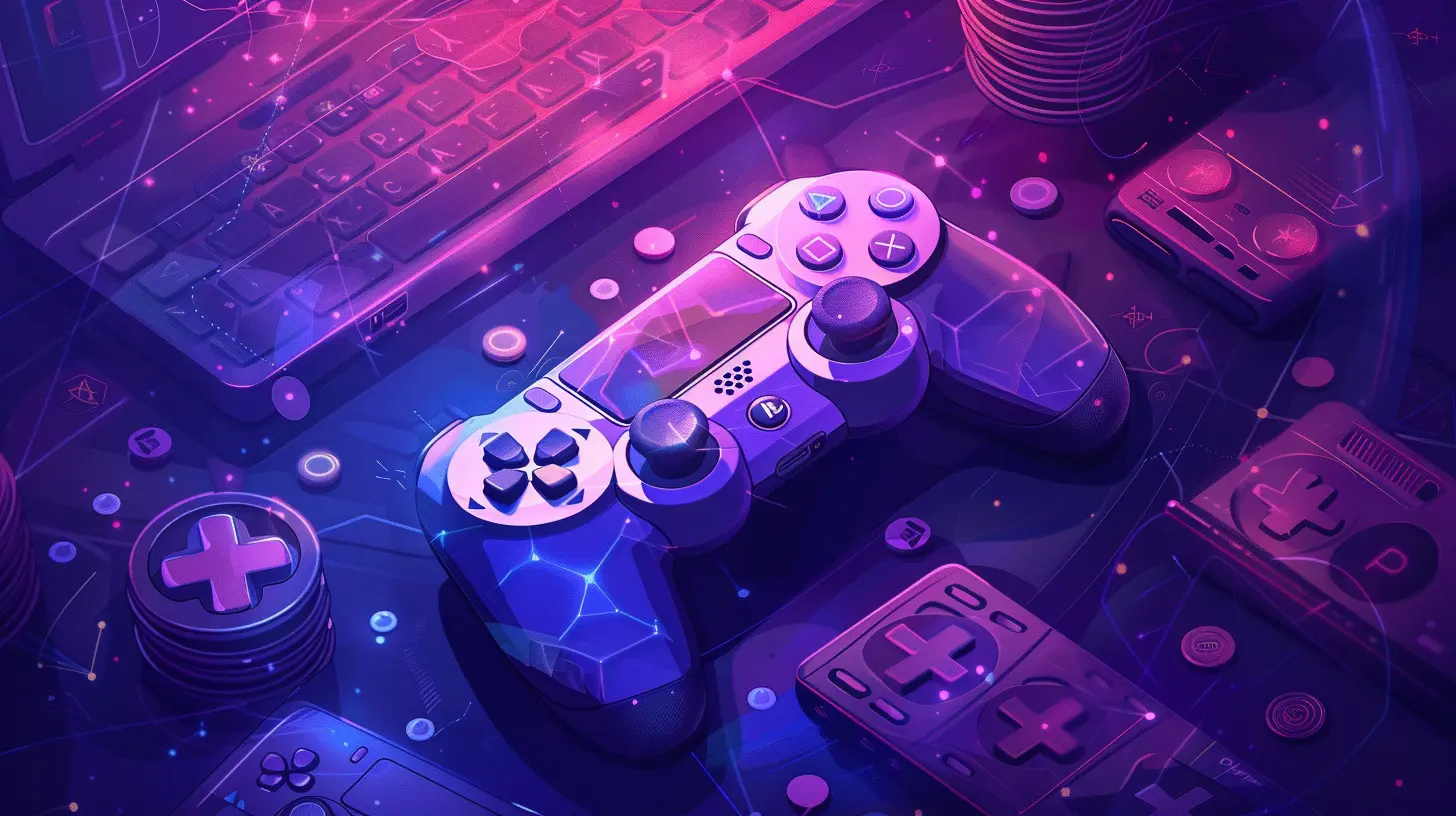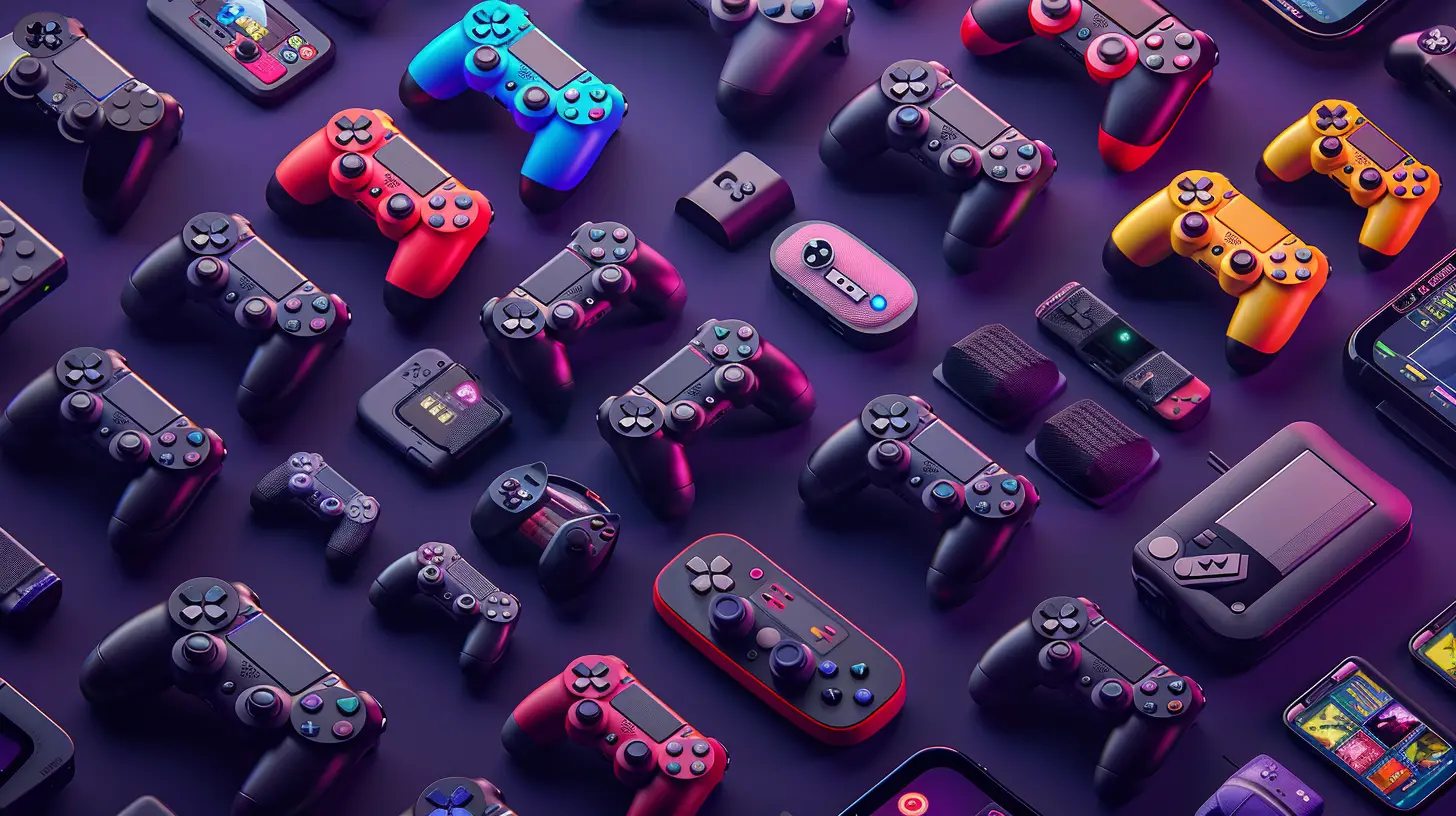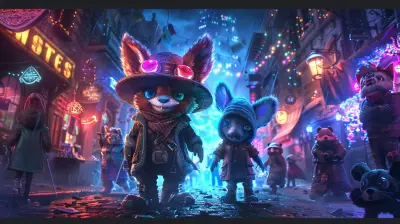How Microtransactions Are Changing the Gaming Industry Ecosystem
27 June 2025
If you've been paying attention to the gaming world lately, you've probably heard the term "microtransactions" tossed around more than once. And honestly, it’s not surprising — microtransactions have completely reshaped how games are developed, played, and even how they're judged. Whether you're a casual gamer or someone who takes their K/D ratio way too seriously, microtransactions have probably affected your gaming experience in one way or another.
But how did this all start? Why are microtransactions such a big deal now? And more importantly, are they a good or bad thing for the gaming community? Let’s dive into how microtransactions are changing the gaming industry ecosystem — one small purchase at a time.
What Are Microtransactions, Anyway?
Alright, let’s break it down. Microtransactions are small purchases made within a video game. Think of them as those little upsells — extra lives, character skins, weapons, or even access to a special level. Sometimes they’re cosmetic (just for looks), but other times they can affect gameplay directly.So why do people buy them? Convenience, customization, and sometimes, just plain curiosity. You see a shiny new skin for your favorite character or a faster way to level up, and boom — a few bucks later, it's yours.
Sounds harmless, right? Well, that’s only the tip of the iceberg.
The Rise of Free-to-Play and Pay-to-Win Games
Here's where things start to get interesting (and maybe a little messy).Many games today are labeled as “free-to-play” — meaning, you can download and start the game without spending a dime. But these games often come packed with optional microtransactions that offer enhancements, advantages, or exclusive content.
Take popular titles like Fortnite, Genshin Impact, or Call of Duty: Warzone. These games make their money not by selling the game itself, but through cosmetic microtransactions like skins, emotes, and battle passes.
Cool, right?
But here’s the kicker — some games cross the line into what’s called “pay-to-win” territory. That basically means players who spend real money gain a clear advantage over those who don’t.
And that? That’s where the community gets divided.
Why Game Developers Love Microtransactions
Let’s be honest — game development isn’t cheap. We're talking millions of dollars in production, storyline development, testing, and marketing. So, offering a free base game packed with paid extras is a strategy that helps developers keep the lights on. It also gives them ongoing revenue long after the game has launched.Here’s what microtransactions allow game devs to do:
- Extend game life – Continuous content and seasonal updates funded by microtransactions.
- Budget for improvements – More cash flow means more patches, better servers, and improved gameplay.
- Fund other projects – Success from one game can bankroll a new one.
It’s kind of like tipping your barista. Sure, the coffee was good, but now they’ve got a little extra incentive to make the next one even better.
The Flip Side: Why Gamers Are Frustrated
Now, not everyone’s thrilled about how microtransactions have taken over our games.Have you ever played a game that basically required you to spend money just to keep up or avoid endless grinding? Yep, that’s what’s ticking people off.
Here’s what’s bugging the gaming community:
- Unbalanced gameplay – Paying players can dominate multiplayer modes.
- Paywalls – Key parts of the game hidden behind purchases.
- Loot boxes – Randomized rewards that feel a little too close to gambling.
- Game design manipulation – Some games deliberately slow down progress unless you shell out cash.
It’s a bit like going to an amusement park where rides are free, but if you want to skip the line or ride the cool stuff, you better have your wallet ready.
Microtransactions in AAA Titles — A Slippery Slope?
This isn’t just a mobile gaming issue anymore. Microtransactions have made their way into full-priced AAA titles — and fans are not happy.Games like FIFA, NBA 2K, and even Assassin’s Creed have implemented microtransaction systems. This means you're already spending $60 or more just to buy the game, and then you're encouraged to spend more for the "full" experience.
Wait, what?
It’s like buying a burger combo and then being told the fries and drink will cost extra. It doesn’t sit well with most of us.
How Microtransactions Are Influencing Game Design
Here’s where it gets a little scary.Some developers are now building games around microtransactions — not just adding them in later. That means mechanics like:
- Slower leveling systems
- Frequent difficulty spikes
- Locked content
- In-game currencies that are purposely confusing
All of this is crafted to push you toward spending money. It’s no accident. It's like a slot machine cleverly disguised in fantasy armor and laser blasters.
The Psychological Game – FOMO and Instant Gratification
Let’s talk about what’s going on in your brain when you see that limited-time offer on a skin you’ve been eyeing. That’s called FOMO — fear of missing out.Game developers use FOMO, flashy visuals, and limited-time sales to trigger that impulsive buying behavior. And it works. Really, really well.
Plus, microtransactions tap into our craving for instant gratification. Why grind for 20 hours when you can pay $5 and skip the hassle?
But just like eating fast food every day, too much can be a bad thing.
Are All Microtransactions Bad?
Not necessarily.When done fairly, microtransactions can enhance the experience without affecting competitive balance. Games like Path of Exile and Warframe offer purely cosmetic microtransactions without creating pay-to-win scenarios.
Gamers are generally okay with paying for extras that don’t mess with gameplay. Who doesn’t love a cool new skin or mount that shows off their style?
The key is transparency, fairness, and non-intrusiveness.
Governments Are Getting Involved
Yep, it’s gotten serious enough that some governments are looking into regulating microtransactions — especially loot boxes, which are often compared to gambling.Countries like Belgium and the Netherlands have already taken legal action. And more are following suit.
Think about it: games are being played by kids and teens who might not fully understand the value of money or implications of these purchases.
When real cash enters the gaming world, the rules have to change.
What’s the Future of Microtransactions?
Love them or hate them, microtransactions aren’t going anywhere anytime soon.In fact, we’re seeing a shift toward subscription models and season passes as a middle ground. Think about Xbox Game Pass, PlayStation Plus, or Fortnite’s Battle Pass. You pay a flat fee and get recurring content — no surprise charges.
Some developers are even experimenting with player-driven economies, where trading and earning in-game items gives players more control over what they buy or sell.
It’s a Wild West out there, and we’re all watching to see which direction it heads.
How Gamers Can Take Back Control
So, what can you do about it?- Support fair games – Spend your money on titles that respect your wallet.
- Leave reviews – Let others know about predatory practices.
- Set spending limits – Be aware of your habits and set healthy boundaries.
- Use parental controls – If you’re a parent, make sure your kids aren’t racking up surprise charges.
- Vote with your wallet – If a company pushes aggressive microtransactions, consider skipping their next release.
At the end of the day, developers need us just as much as we need quality games. Our voices, dollars, and choices matter.
Final Thoughts
Microtransactions aren’t inherently evil — they're just a tool. Like any tool, they can build something amazing or be used in a way that hurts the community.What we need is balance.
If developers focus on creating value and gamers stay informed and vocal, microtransactions can remain a part of the ecosystem without turning it into a money-grab free-for-all.
But until then? Keep your wallet close and your judgment even closer.
all images in this post were generated using AI tools
Category:
MicrotransactionsAuthor:

Lana Johnson
Discussion
rate this article
1 comments
Ian Webster
Microtransactions are reshaping the gaming landscape by providing developers with a steady revenue stream while allowing players to customize their experiences. However, this shift raises concerns about game balance and fairness, as players with deeper pockets gain advantages. Striking a balance between profit and player experience remains a critical challenge.
July 2, 2025 at 3:47 PM

Lana Johnson
Thank you for your insightful comment! Indeed, while microtransactions offer developers financial stability and players customization options, they also pose significant challenges regarding fairness and balance in gaming. Finding a middle ground is essential for a healthy gaming ecosystem.


